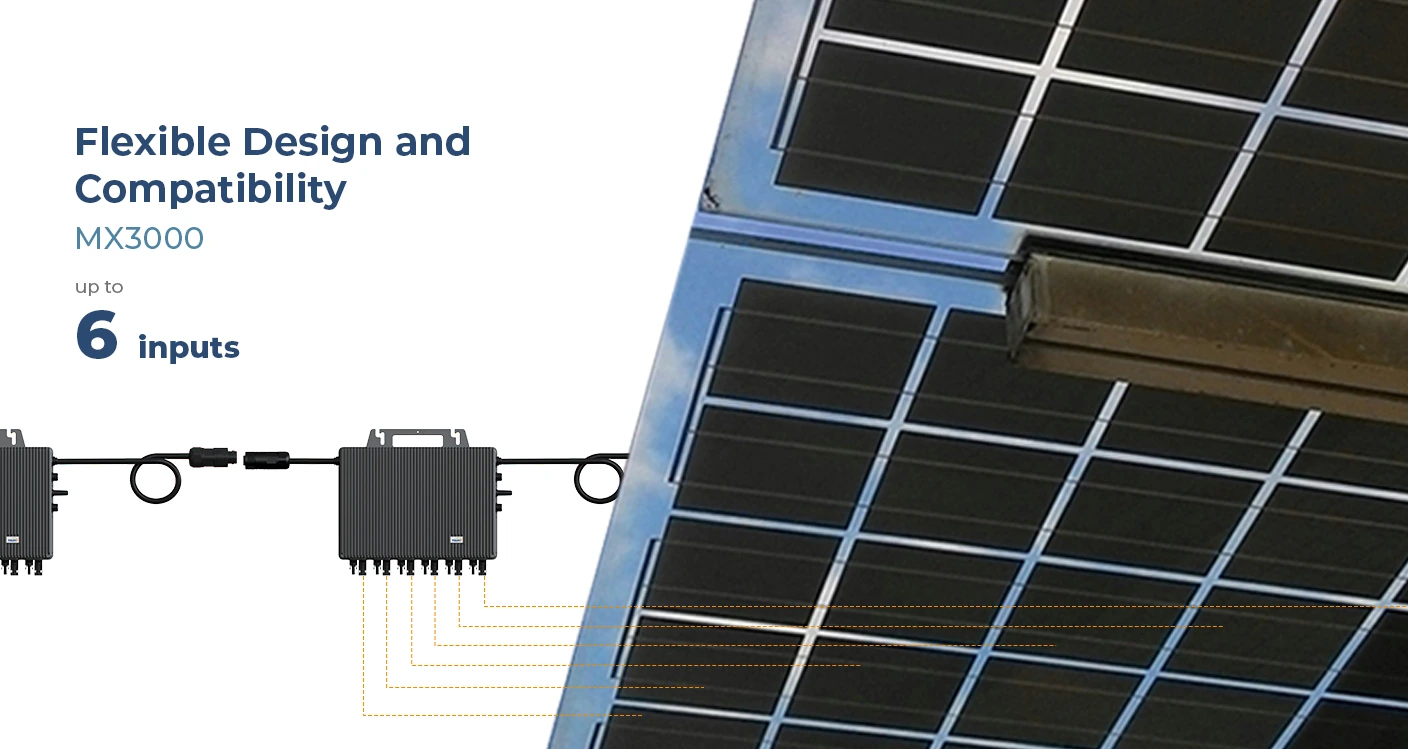In recent years, the cost of batteries to store solar energy has become an increasingly important topic for homeowners and business leaders eager to transition to renewable energy. With the rising demand, it's essential to explore real experiences, expert insights, authoritative data, and trustworthy information to make informed decisions about integrating battery storage with solar energy systems.

Based on real-world experiences, many homeowners who have invested in solar energy systems with battery storage report significant savings on their electricity bills.
Batteries allow users to store excess solar power generated during the day for use at night or during power outages. This capability not only increases energy independence but also provides a buffer against rising utility costs. A family in sunny California, for instance, shared their experience of cutting monthly energy costs by nearly 70% after pairing their solar panels with a home battery system. Such firsthand accounts highlight the tangible benefits of battery storage.
From a technical perspective, expertise in the field of renewable energy underscores the rapid advancements in battery technology. Innovations like lithium-ion batteries, which were once a costly option, have seen significant price reductions due to economies of scale and technological improvements. According to a 2022 report by BloombergNEF, the average cost of lithium-ion batteries has declined by almost 89% since 2010, reaching an average of $137 per kilowatt-hour. This drop in price is largely attributed to an increase in production efficiency and a surge in demand for electric vehicles, which utilize the same storage technology.

Authoritative sources in the energy sector point out that battery storage not only complements solar energy systems but also enhances grid stability and promotes renewable energy adoption. The International Energy Agency (IEA) projects that global battery storage capacity will grow exponentially over the next decade, driven by policy support and a universal push towards carbon neutrality. Such data underscore the role of battery storage as not just a convenience but a pivotal component in global energy transition strategies.
cost of batteries to store solar energy
Concerns about the longevity and reliability of batteries are addressed by experts noting the advancements in battery management systems (BMS). These systems optimize battery performance, extend their life, and ensure safety. Companies like Tesla and LG Chem have integrated sophisticated BMS into their products, increasing consumer trust in their long-term viability and solidifying their standing as industry leaders.
Trustworthiness in the context of solar energy storage solutions also involves understanding potential challenges. For instance, the initial investment in battery storage can be considerable, which may deter those with limited budgets. However, many governments offer subsidies, tax incentives, and financing options to lessen this financial burden. For example, the United States provides federal tax credits for solar installations that include battery storage, making it more accessible for homeowners.
Ultimately, as the landscape of renewable energy continues to evolve, staying informed about the cost and benefits of battery storage systems becomes crucial. By considering the experiences of current users, expert analyses, and data from authoritative sources, potential buyers can make decisions that align with both their financial goals and environmental values. The promise of reduced energy costs, increased energy independence, and contributions to a sustainable future makes the investment in battery storage for solar energy systems a forward-thinking choice for many households and businesses.
With technology advancing and prices continuing to fall, the cost of batteries to store solar energy no longer presents as significant a barrier as it once did. It's a compelling time for those considering solar energy to explore how battery storage can fit into their broader energy strategy, ensuring they maximize the potential of their solar investment while actively participating in the clean energy revolution.
 LEARN DETAILS
LEARN DETAILS



